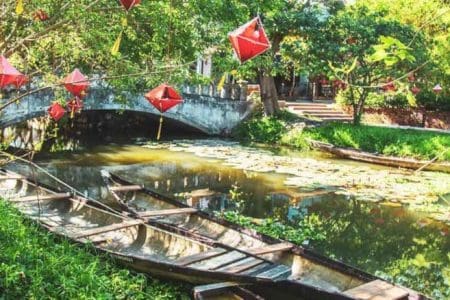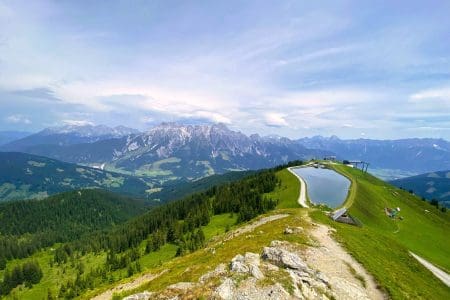Travel Begins at 40’s newly appointed accessibility correspondent Debbie North examines accessible tourism in Berlin.
This year, I had the privilege of visiting the German capital to delve into both accessible tourism in Berlin and sustainability. My journey revealed an impressive blend of innovative accessibility features and inspiring sustainability initiatives, establishing Berlin as a model destination for inclusive and eco-conscious travel.
Transportation and Accessibility
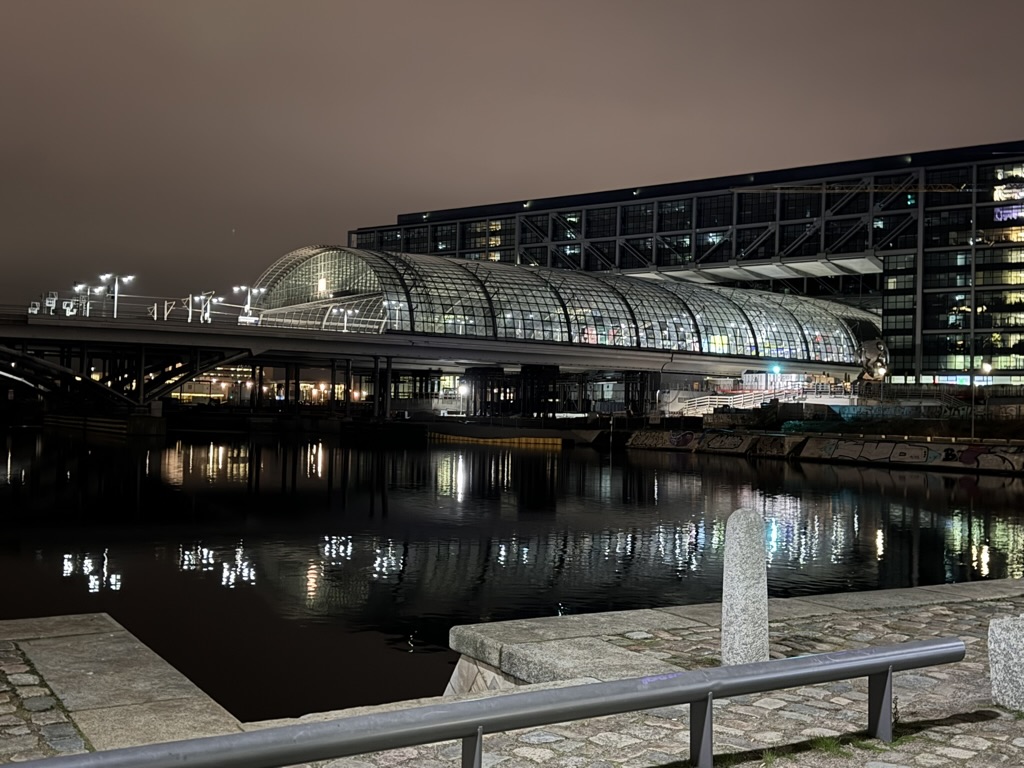 Arriving at Berlin’s city airport, I quickly discovered how accessible travel begins as soon as you land. A convenient railway connects the airport to the central station in just 45 minutes, making the journey into the city simple and efficient. At the tourist information centre, I was able to purchase a travel card, an essential for exploring the city. As a wheelchair user, I found navigating Berlin’s overground and underground train systems relatively manageable, though I occasionally encountered out-of-service lifts at certain stations, which required a bit of adaptability.
Arriving at Berlin’s city airport, I quickly discovered how accessible travel begins as soon as you land. A convenient railway connects the airport to the central station in just 45 minutes, making the journey into the city simple and efficient. At the tourist information centre, I was able to purchase a travel card, an essential for exploring the city. As a wheelchair user, I found navigating Berlin’s overground and underground train systems relatively manageable, though I occasionally encountered out-of-service lifts at certain stations, which required a bit of adaptability.
Accommodation and Sustainability Efforts
During my stay at Hotel Rossi, a 10-minute walk from the central train station, I gained insight into Berlin’s commitment to inclusive employment and sustainability efforts. Though the hotel does not have a formal sustainability policy, it actively promotes eco-friendly practices like offering locally sourced food, using zero-waste tableware, and providing environmentally conscious toiletries. Additionally, Hotel Rossi’s involvement in local community projects, such as SOS Kinderdorf, highlights its dedication to social responsibility and supporting local families.
Accessible Tourism in Berlin : Exploring Berlin’s Attractions
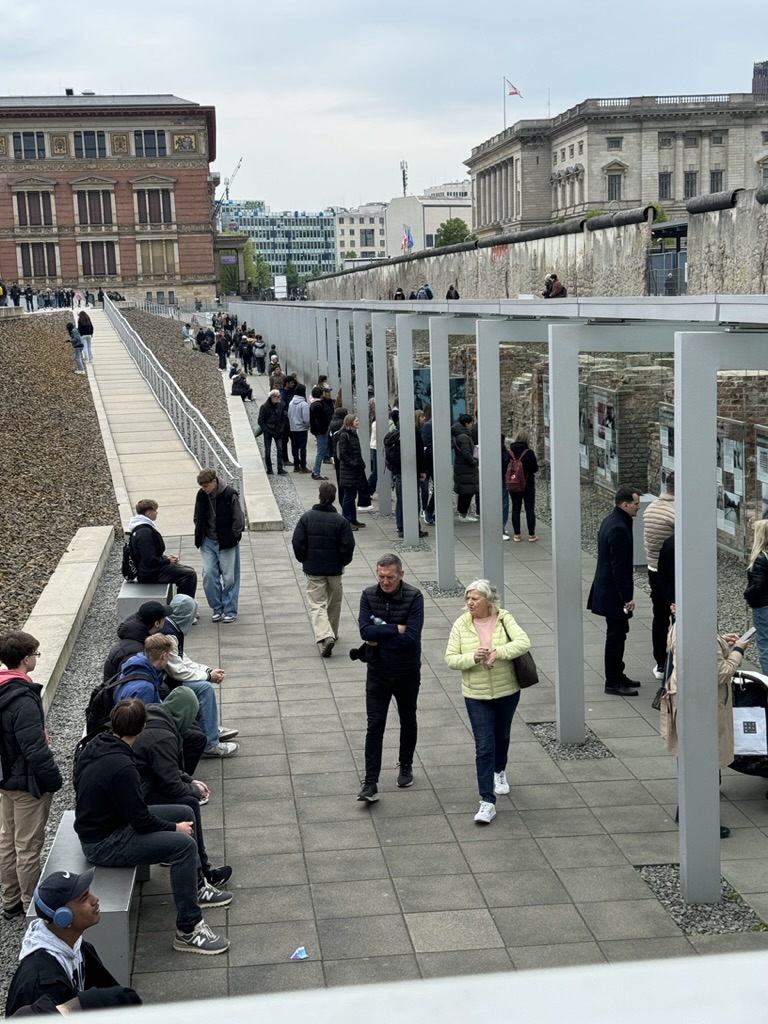
Beyond iconic landmarks like the Brandenburg Gate and Checkpoint Charlie, I explored some of Berlin’s newer attractions. The highlight was Futurium, an interactive museum focused on humanity’s future and the intersection of nature and technology.
Futurium exemplifies both inclusivity and sustainability: its accessible exhibits allow wheelchair users to engage fully, while the museum operates on 100% renewable energy from solar and geothermal sources. It’s a thought-provoking space where visitors can learn about science and sustainability in dynamic, hands-on ways.
Excitingly, Futurium has launched its “Raw Materials” theme year with a festival that started on May 4, 2024. The event introduces new exhibits, workshops and digital content, all aimed at raising awareness of global and local challenges around resource use. This initiative further cements Futurium’s role as a space for community learning and inspiration.
Discovering Tempelhof Airport
Stepping off the beaten path, I visited Tempelhof Airport, a once-operational airfield transformed into a vast public park covering 386 hectares. Here, kite surfers and inline skaters now glide over former runways. With its rich history and open landscapes, Tempelhof is an ideal spot for anyone looking to escape the city’s hustle and immerse themselves in Berlin’s unique urban nature.
Berlin Nightlife
For a taste of Berlin’s nightlife, the Wintergarten Theatre offers an authentic variety show experience. Known for its opulent settings and captivating performances, the Wintergarten transports visitors into a world of vintage glamour. Upon entering, a grand marble staircase descends into a lavish boudoir decorated with velvet stools, a white Bechstein grand piano, and a champagne bar—perfect for photos and a touch of luxury.
The theatre’s commitment to sustainability is also noteworthy. From eco-friendly lighting to costumes crafted from recyclable materials, the Wintergarten demonstrates that sustainable practices and high-quality entertainment can go hand in hand.
Accessible Tourism in Berlin : Exploring Berlin on Wheels
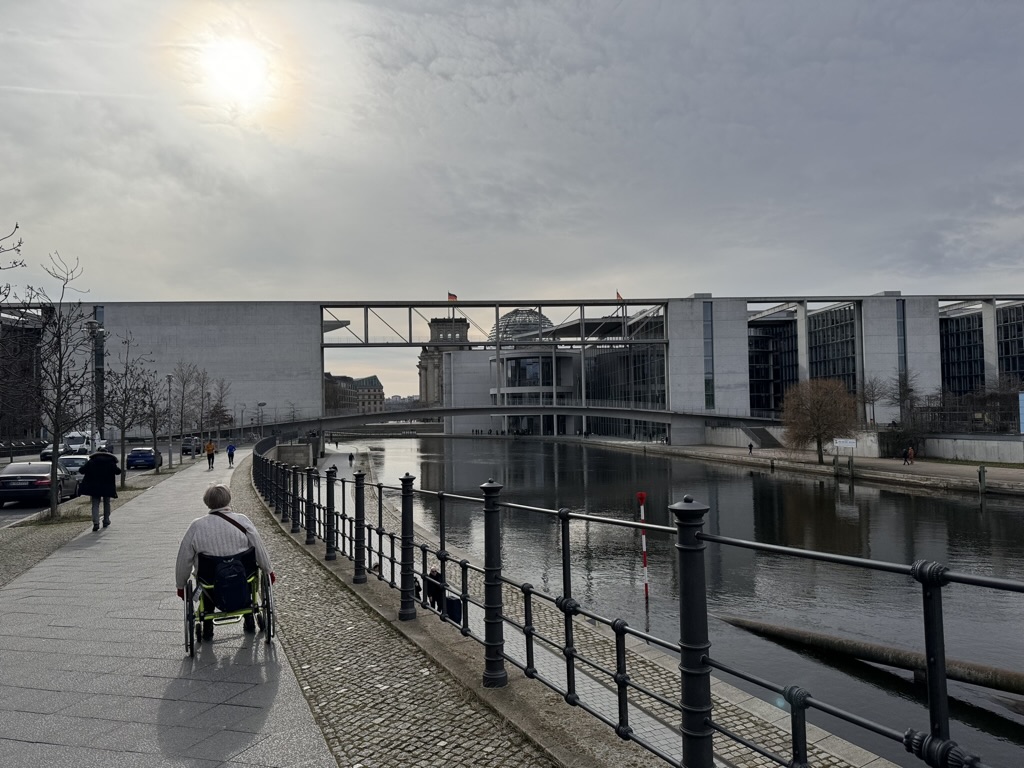
During my two-day stay, I covered an impressive 32 kilometres by wheelchair, which was both exhilarating and a little exhausting!
Berlin’s relatively flat terrain makes it quite accessible, though the city’s brisk pace requires a bit of strategic planning. I recommend dividing your explorations into manageable zones. A walk along the East Side Gallery to see its vibrant graffiti murals is essential, as is a scenic stroll by the river, passing iconic sites like the Reichstag, Brandenburg Gate and Checkpoint Charlie.
Although I missed out on visiting the interior of the Reichstag dome (advance booking is required), it’s something I’ll do on my next visit to Berlin. With so much to experience, Berlin’s allure as a dynamic and accessible city is undeniable.
My two-day journey through Berlin left me inspired by the city’s dedication to accessibility, sustainability and cultural vitality. From inclusive public transportation to pioneering cultural institutions and reimagined public spaces, Berlin serves as a remarkable example for cities worldwide striving to be inclusive and sustainable destinations. With its unique combination of history, innovation and commitment to the future, Berlin is a city I would gladly revisit, knowing there will always be new and enriching experiences awaiting me.
Things To Do in Berlin
For more inspiration on the many sustainable and accessible things you can do in Berlin, go to the Visit Berlin website.


